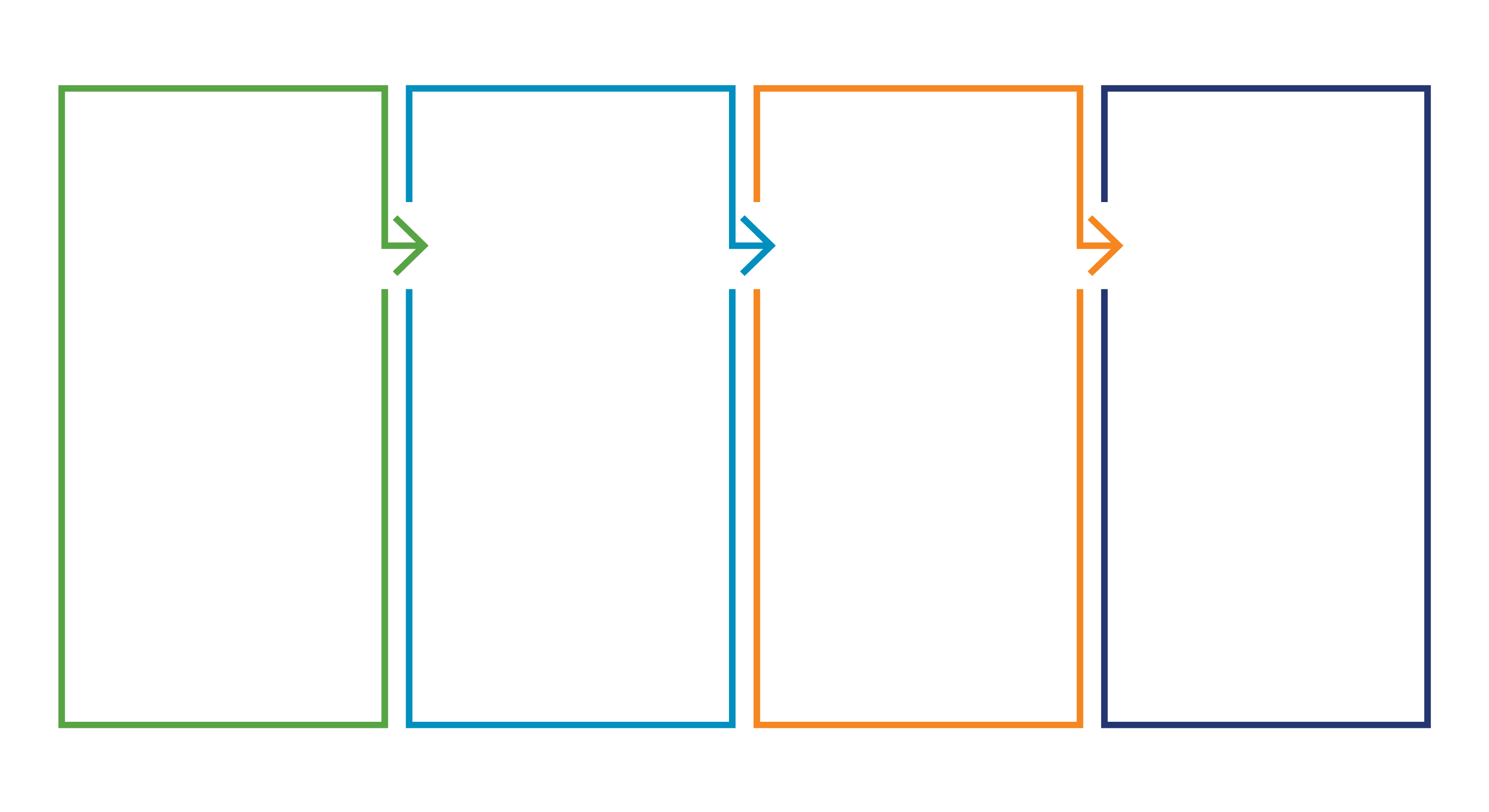In this year-end online debrief, the
Engagement Team will provide
you with tips and resources you
can use to:
A school is thriving when teachers,
students, parents / guardians, and
the community are working together
toward a common vision of success.
Take a deep dive into your data!
• Data-driven planning,
• goal setting, and
• using survey measures and
custom questions to capture
actionable evidence.
• Review your data
• present notable highlights, and
• identify areas for further
investigation.
• Review your progress,
• assess the impact of your
implemented strategies, and
• discuss ways to help your team
adjust strategies and set
priorities for the coming year.
In this session you will:
• Explore strategies for how to
engage your whole school
community and build a culture of
consultation and collabora-tion
between all stakeholders, and
• learn how to triangulate the
perspectives of students,
teachers and parents to gain
deep insight into your school
communities' alignment.
• This session is available for
schools that use the OurSCHOOL
suite of surveys (Student, Parent,
and Teacher).
• Strategies and resources to
generate excitement for the
OurSCHOOL survey, and
• ideas you can use for a
successful survey
implementation.
• Learn to interpret and share
their OurSCHOOL findings,
• identify areas to celebrate,
• pinpoint opportunities for
improvement, and develop
achievable action plans
for further success.
• Knowledge and resources to
assess the impact of your
current strategies, and
• tips and resources for creating
a plan before your next survey
implementation.


